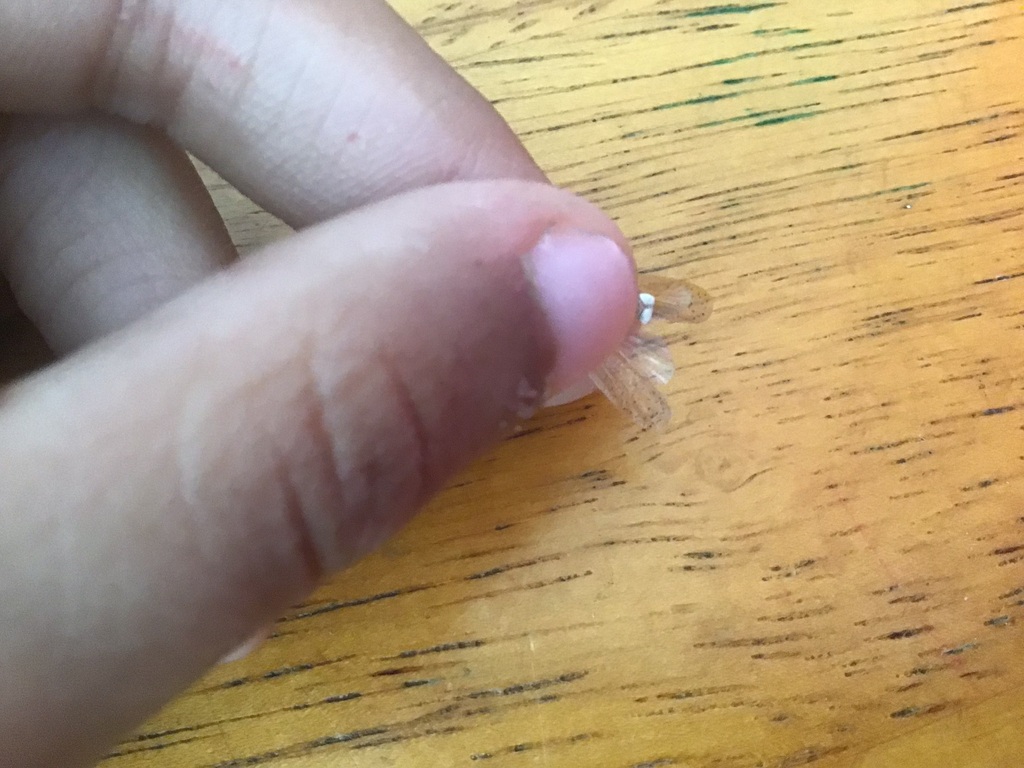Pyrilla of India 101: How to differentiate each species
Pyrilla is an interesting genus of dull, mostly brownish yellow, planthoppers of the family lophopidae. This journal shares everything I know about Indian pyrilla, with a key to the species.
I have been lucky enough to see all species listed here! (Yes, all indian pyrilla species are on my profile, except one mysterious one which I could not take a photo of because it hopped away, I have included it.)
Because of that "mysterious one"'s find, I prefer to divide pyrilla into two groups: p. perpusilla group and p. sp. group
Note:
While I have given length for each species, I don't know if that is correct, as it's only from the specimens which I found, which may be of any age so that is not accurate; Also all species' descriptions except p. sp, which I saw last year, are, based on dead specimens, so descriptions can be inaccurate;
The key
1 ..... A typical, translucent, brownish yellow winged, pyrilla ..... P. perpusilla group
|_ 1.1 ..... Carinae below eyes ..... P. abberans
|_ 1.2 .....No carinae below eyes ..... P. perpusilla "subgroup" (yes, I do consider it like this)
|_ 1.2.1 .... A mostly peach snout, and a peaches mustard thorax with brown eyes ..... P. lycoides
|_ 1.2.2 ..... A brown species, yellow in dead/faded specimens ..... P. perpusilla
2 ..... Hyaline wings (You will understand why I include this in the description I give) ..... P. sp group
|_ 2.1 ..... Snout black above, olivaceous below; the rest of the face is black with chocolate brown (A very dark shade of brown) ..... P. sp
Description of species
Pyrilla abberans


P. abberans:
Picture 1: Epipyropidae (planthopper parasite moth larvae) on abdomen and hyaline hindwings;
Picture 2: Head and carinae;
A species with carinae under the eyes, a typically greyish snout, and one of the most unique species to me after protuberans and sp.; a quite common species, they come flying to my tubelight in monsoon when I keep the windows open.
Length: HT 2cm; Distribution within India: Uttar Pradesh(west, Especially Noida) and nearby(I'm in Noida, Uttar Pradesh!)
Pyrilla lycoides

P. lycoides (sorry, the image is blurry but it did have spots)
A slightly bigger species without carinae under the eyes, a typically peachish snout, and one of the most rare species with the exception of P. sp.; they also come flying to my tubelight in monsoon.
Length: HT 2.1cm; Distribution within India: Uttar Pradesh and nearby(all observations as of now are from Uttar Pradesh).
Pyrilla perpusilla

Pyrilla perpusilla
The type species, it also doesn't sport carinae under the eyes, a typically brownish snout, and one of the most rare species with the exception of P. protuberans and P. sp.; they also come flying to my tubelight in monsoon.
Length: HT 1.9cm; Distribution within India: Ranges from Uttar Pradesh to West Bengal.
Pyrilla sp.
The "mysterious" species, it too doesn't sport carinae under the eyes; I'm giving a longer description here:
Wings, including membrane, almost hyaline, and dotted with black or extremely dark brown; The eyes very dark brown; the head was black, the snout was olivaceous below, and black above, the snout was shaped like pyrilla species' snouts, and the wing's dotted pattern was also similar to pyrilla, so I include it in the genus;
provably this will be transferred to another genus in the future, and would be the closest relative of actual pyrilla, but it is supposed to be within pyrilla.
Length: HT 2.1cm; Distribution within India: Noida, Uttar Pradesh
I hope this will be useful to you






























